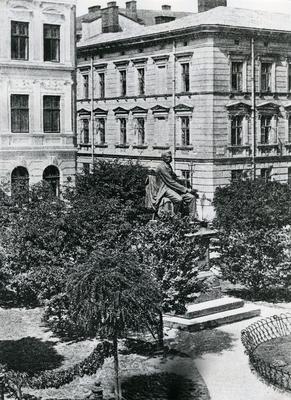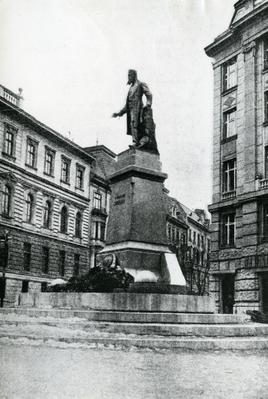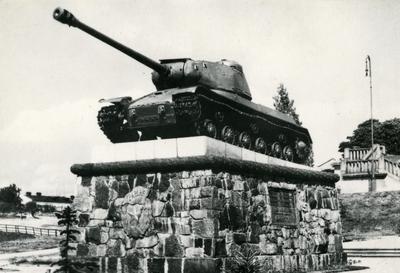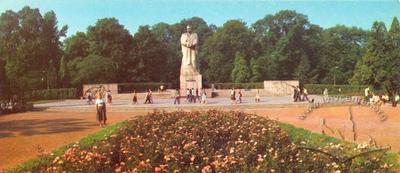
Monuments ID: 64
The theme aims to trace the history of Lviv monuments and their symbolic role from the moment of their inception to their construction.
Story
This theme aims to trace the history of construction and the symbolic role of the monuments of Lviv from the moment of their inception. The biographies and activities of the authors of the monuments of Lviv also will be researched in the framework of the project. The historical role of those, to whom the monuments were dedicated, will also be indicated and the history of the monument itself will be traced.
From the middle of the nineteenth century, new features appear in the urban environment of Lviv. Among the first are wells and fountains, which not only meet the everyday needs of the city's residents but also acquire vivid aesthetic meaning due to their decoration. More attention is paid to sculptures that serve religious purposes, such as apotropaic sculptures and reliefs on buildings and bridges or sculptural groups devoted to Saints. In 1859 the first secular monument is erected. Since then, vacant squares of the city have been used to build monuments extolling poets, government representatives or prominent figures.
The theme is under the direction of Iryna Kotlobulatova and Serhiy Tereshchenko, employees of the Center for Urban History of East Central Europe.Related buildings and spaces
Urban Media Archive Materials











































